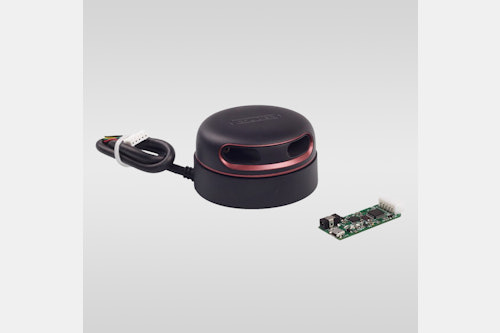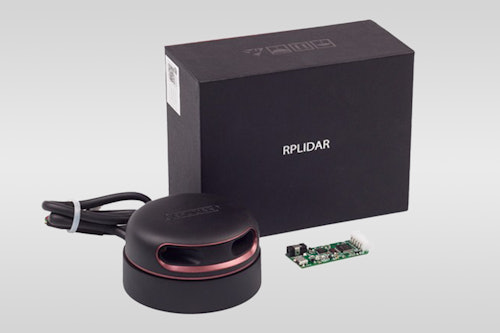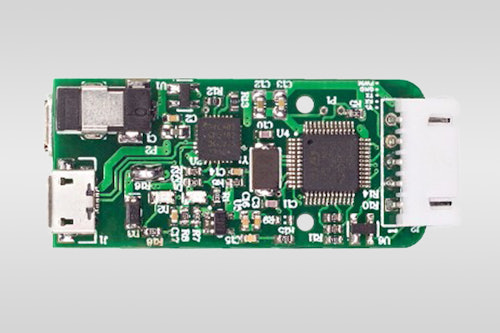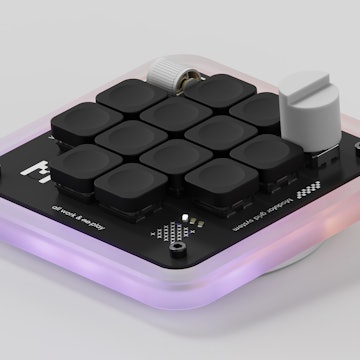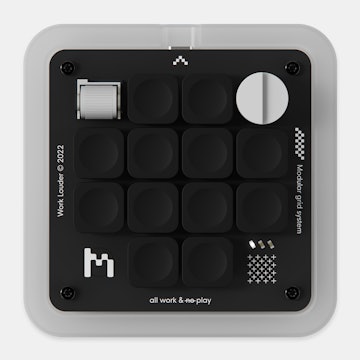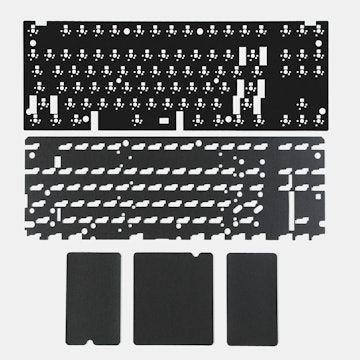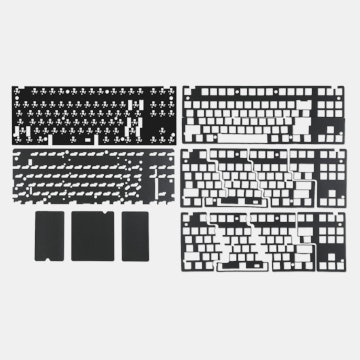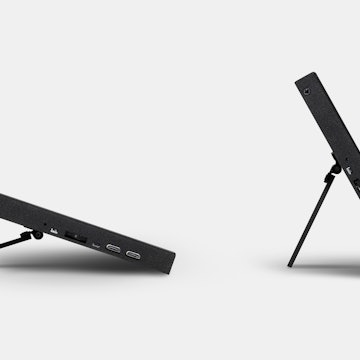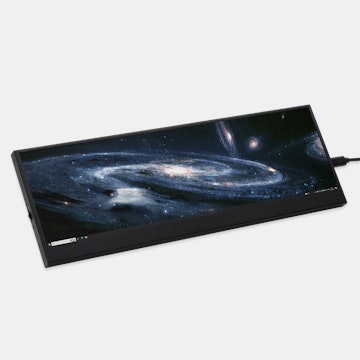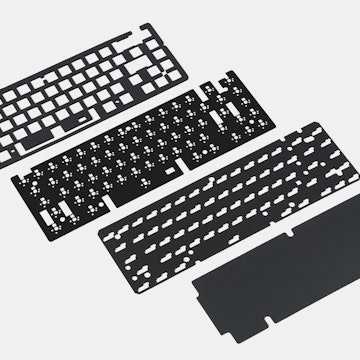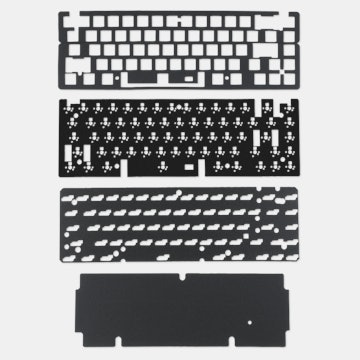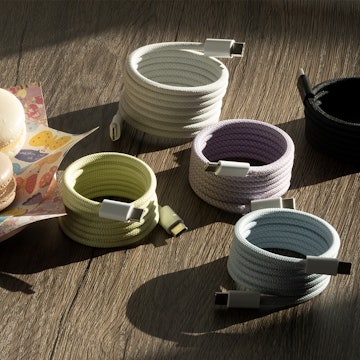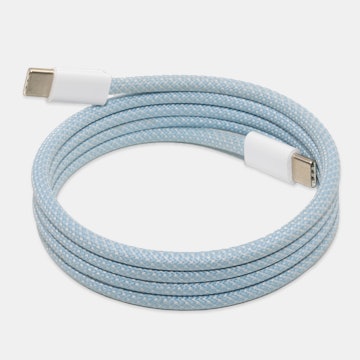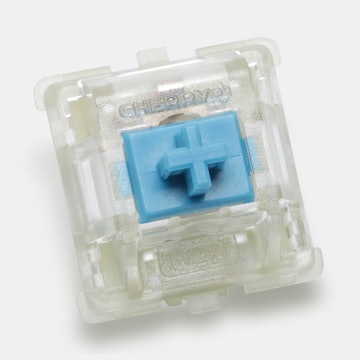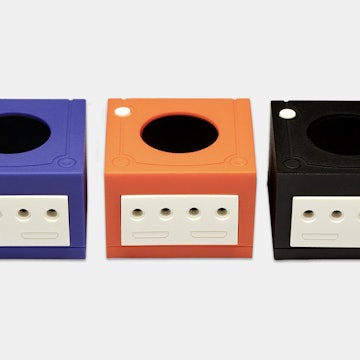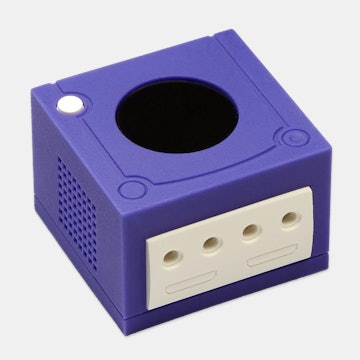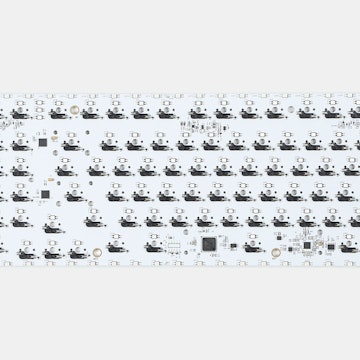Click to view our Accessibility Statement or contact us with accessibility-related questions






SEEED RPLIDAR A2: The Thinnest Lidar
SEEED RPLIDAR A2: The Thinnest Lidar
bookmark_border
Where's the price?
To negotiate the best possible price for our customers, we agree to hide prices prior to logging in.
109 requests
Product Description
Ideal for hobbyists and tinkerers, the SEEED RPLIDAR A2 is capable of simultaneous localization and mapping, 360-degree scanning, triangulation, 3D modeling, human interaction, and more. With a scan rate of 10 Hertz, the device calculates 4,000 samples per second and accurately detects landmarks within its 6-meter radius to determine its position Read More

search
close
Sort by: Newest
keyboard_arrow_down
Dan.R
2
May 9, 2017
This looks oddly identical (sans fancy plastic) as the Neato Botvac navigation. This is something that's been lauded as being an incredibly cost-effective lidar system. But you can get one of those as a vaccuum, and modify it with wifi to remotely run around and make maps for less than this :/

Dan.R
2
May 10, 2017
You get an entire motorized wireless mapping tool for that price, and it might even be a similar (albeit lower spec'd) part number!
10hz -sample- scan rate and 6m range sounds pretty similar, what makes this "not in the same ballpark"? What is it that justifies such a high price?
Edit: Clarification, according to http://hackaday.com/2016/01/22/how-to-use-lidar-with-the-raspberry-pi/ Sample rate 360x5hz (1800/second) so the neato lidar is a little less than half the data of the rplidar
Edit: Clarification, according to http://hackaday.com/2016/01/22/how-to-use-lidar-with-the-raspberry-pi/ Sample rate 360x5hz (1800/second) so the neato lidar is a little less than half the data of the rplidar

leftsquarebracket
6
Jun 12, 2017
Dan.RI'd be inclined to think those specs are from the previous generation of Neato LIDAR from the XV-11 vacuums which was repackaged as the first version of the Seeed RPLIDAR, as that HaD article seems to have an XV-11 LIDAR in it rather than one from a Botvac. The XV-11 has an almost egg-shaped mount, whereas the Botvac's is much more irregular:
XV-11: https://www.sparkfun.com/images/newsimages/XV11Teardown/TheGoodStuffMasked.jpg Botvac: http://i.ebayimg.com/00/s/MTYwMFgxNDcz/z/bCwAAOSw5UZY91J8/$_35.JPG
Since this is the RPLIDAR A2, It probably is the same or similar guts from the newer Botvac. The sensor itself is pretty similar between the XV-11 and Botvac, but the rest of the guts are different and could account for the bump in performance. For physical differences, the XV-11 units use a slip ring for power and data, whereas Botvac units use a coil to transfer power and a bi-directional IR link to communicate data. Here's a hardware comparison between the two: http://blog.avrnoob.com/2015/09/neato-botvac-lidar-repair-part-2-lidar.html
It looks like the premium for the RPLIDAR is the custom enclosure (and possibly a custom driver board with a power supply coil and IR interface) that gets you to a plug-and-play solution that you can use with whatever platform you want (like a compact platform running ROS, or a drone, or whatever). Seeed's offering looks a bit more compact than a pulled unit as well.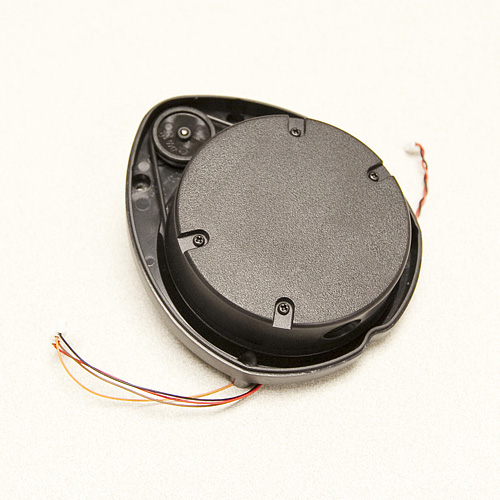
XV-11: https://www.sparkfun.com/images/newsimages/XV11Teardown/TheGoodStuffMasked.jpg Botvac: http://i.ebayimg.com/00/s/MTYwMFgxNDcz/z/bCwAAOSw5UZY91J8/$_35.JPG
Since this is the RPLIDAR A2, It probably is the same or similar guts from the newer Botvac. The sensor itself is pretty similar between the XV-11 and Botvac, but the rest of the guts are different and could account for the bump in performance. For physical differences, the XV-11 units use a slip ring for power and data, whereas Botvac units use a coil to transfer power and a bi-directional IR link to communicate data. Here's a hardware comparison between the two: http://blog.avrnoob.com/2015/09/neato-botvac-lidar-repair-part-2-lidar.html
It looks like the premium for the RPLIDAR is the custom enclosure (and possibly a custom driver board with a power supply coil and IR interface) that gets you to a plug-and-play solution that you can use with whatever platform you want (like a compact platform running ROS, or a drone, or whatever). Seeed's offering looks a bit more compact than a pulled unit as well.

UrhoKarila
85
May 9, 2017
I noticed that they include the following under specs:
Obstacle avoidance Autonomous mapping Route planning Navigation
Are they providing libraries with which to implement these? Or are they just listing things you can do with it?
Obstacle avoidance Autonomous mapping Route planning Navigation
Are they providing libraries with which to implement these? Or are they just listing things you can do with it?

Awk34
80
Oct 5, 2016
Anyone have one of these? Would I want to get one of these if I already have an A1?
UrhoKarila
85
May 9, 2017
Awk34I don't have either of them, but it looks like the main difference in specifications is that the A2 has twice the sample rate of the A1.
If you're using it in an application where you _need_ the additional throughput it might be worth a look.
If you're using it in an application where you _need_ the additional throughput it might be worth a look.
Recent Activity
